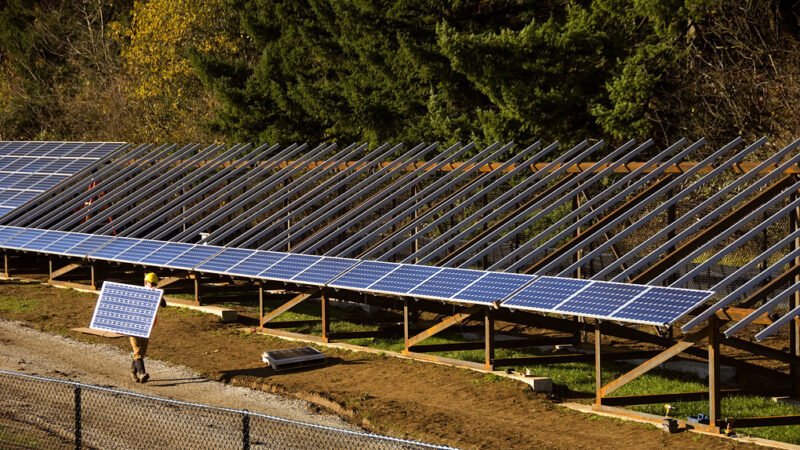Solar installers are waiting to find out which solar panels are considered US-made and qualify for subsidies
U.S. President Joe Biden’s plan to challenge China’s dominance in solar panel manufacturing hinges in large part on rules his administration will soon release defining what it means for a product to be American-made, according to industry officials.
The Biden administration’s Inflation Reduction Act is offering billions of dollars in tax incentives for facilities using American equipment to accelerate decarbonization of the U.S. power sector while creating domestic jobs.
But the subsidies, signed into law last year, have yet to trigger a boom in U.S. solar manufacturing as investors await guidance on those perks. Their main question: will solar panels qualify if they are assembled in the United States using components made overseas?
As soon as this month, the U.S. Treasury Department is expected to release those details, the latest in a series of advisories on how companies can take advantage of the landmark law.
US pledges $1 billion to Green Climate Fund amid call to keep 1.5C in reach
The IRA contains a 30% tax credit for renewable energy facilities, with the domestic content bonus worth an additional 10% of the project cost. The IRA contains a number of such bonuses, including for building projects in disadvantaged communities and for adhering to certain labor standards.
“The average project size that we do is $300 (million) or $400 million. So you’re talking about a lot of money,” George Hershman, CEO of solar contractor SOLV Energy, said in an interview.
Array Technologies Inc of Albuquerque, New Mexico, which makes solar trackers, said its business has not yet experienced an expected IRA-related boom.
“The main feedback we get is that there needs to be clarification from the Department of Treasury on what qualifies as domestic content under the IRA,” CEO Kevin Hostetler said on a call with investors last month.
A Treasury Department spokesperson said the agency was “focused on providing clarity and certainty for taxpayers and ensuring the bonus as written in the statute is workable for taxpayers.”
Trade groups divided
The top U.S. solar trade group, the Solar Energy Industries Association (SEIA), has proposed that panels assembled in the United States should qualify for the credit regardless of where the cells inside them are produced.
There are no cells being made in the United States currently, the group argues, so the credit would be useless if panels were required to have American-made cells.
“Requiring U.S. cells, which currently don’t exist, would hold back solar deployment,” SEIA CEO Abigail Ross Hopper said in an emailed statement.
But manufacturers hoping to set up or expand domestic factories for solar components want stricter rules, saying requiring solar wafers and cells to be made in America is key to producing goods that today are
Read More

